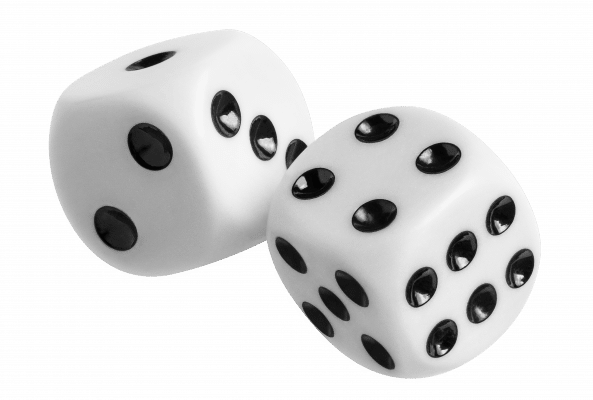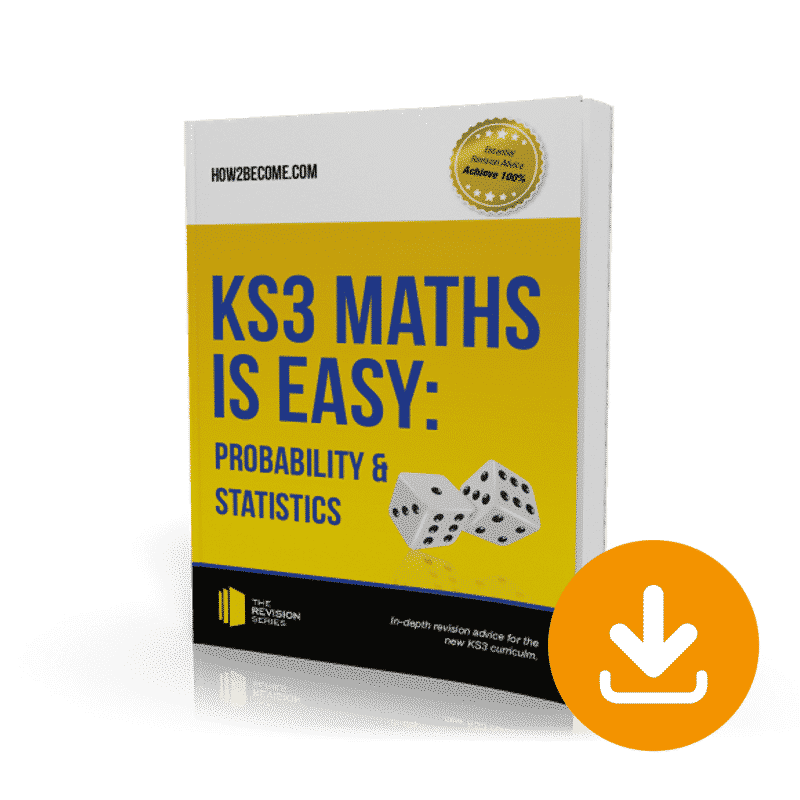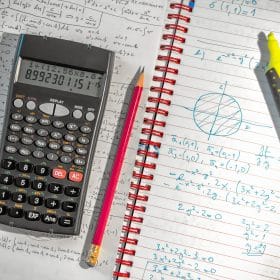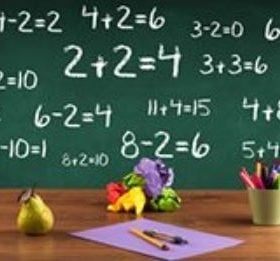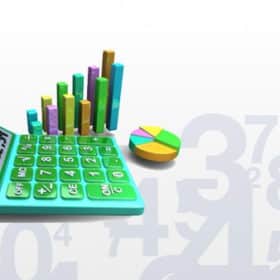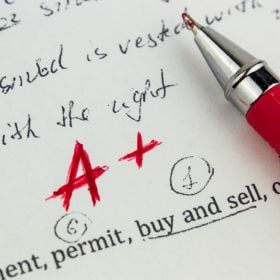KEY STAGE 3: MATHS IS EASY – PROBABILITY AND STATISTICS
- 140-page interactive paperback workbook for KS3 Maths;
- Advice for both your child and parents;
- Up-to-date with the new national curriculum;
- Maths taught in a fun and engaging way from award-winning creators;
- An easy to follow breakdown of each topic;
- Questions, games and quizzes to track your progress with ease;
- Achieve 100% at KS3!
KEY STAGE 3: MATHS IS EASY – PROBABILITY AND STATISTICS
THE NATIONAL CURRICULUM
The subject of Maths is an integral lesson within the national curriculum. Students should be able to understand the key concepts and different mathematical formula in order to enhance their knowledge and increase their cognitive ability.
By achieving a strong level of understanding, students are able to convey their mathematical knowledge in a range of other subjects including science, computing and geography.
The fundamental aims of the Maths subject include:
- Applying arithmetic to solve problems;
- Understanding the difference between accuracy and estimation;
- Expressing arithmetic using algebraic equations and formula;
- Learning how to carefully lay out sets of data using graphs and charts;
- Understanding averages in terms of mean, mode, median and range;
- Improving on their basic mathematical skills, before advancing on to more technical and challenging mathematical concepts;
- Improving children’s confidence in their mathematical abilities, allowing them to grasp different topics of maths and how they can apply these techniques to their work.
In Key Stage 3, maths is broken down into several modules:
- Numbers and Calculations;
- Ratio, Proportion and Rates of Change;
- Geometry and Measures;
- Working with Algebra;
- Probability and Statistics.
PROBABILITY AND STATISTICS
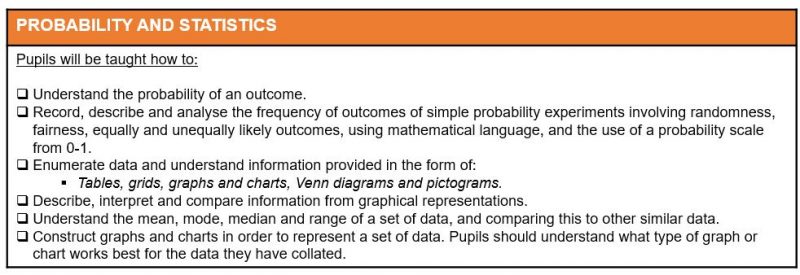
Key Stage 3 Maths Is Easy – Probability and Statistics is a new revision tool for the current national curriculum.
With this guide comes great preparation for children aged 11-14. Packed full of practice questions, this guide will no doubt improve your child’s learning and ultimately increase their classroom learning.
This guide is packed full of detailed information, ample sample questions and top tips and advice regarding the Maths KS3 curriculum.
SAMPLE KS3 MATHS QUESTIONS
For the following sentences, circle whether you think the statement is certain, likely, evens, unlikely or impossible.
a) Picking a King in a deck of cards.
CERTAIN LIKELY EVENS UNLIKELY IMPOSSIBLE
b) It will rain in December.
CERTAIN LIKELY EVENS UNLIKELY IMPOSSIBLE
c) Pigs will fly.
CERTAIN LIKELY EVENS UNLIKELY IMPOSSIBLE
For the following questions, you need to fill in the missing number on the blank cards.
a) If the mean of this set of data is 19, what is the missing number?

b) If the mean and range of this set of data is equal, what is the missing number?

c) If the mean of this set of data is 13, and the range is 19, what is the two missing numbers, assuming that both these numbers are the same value?

The below table shows the results of 10 student’s Maths and English scores. Both tests were out of 20.
![]()
a) Plot this data on the scatter graph below.
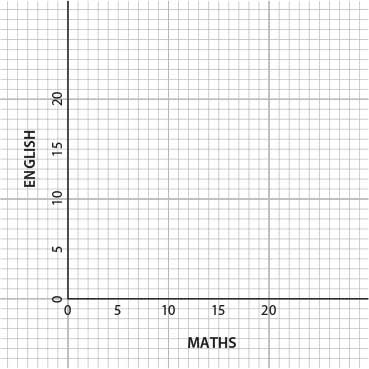
b) Draw a line (if applicable) of best fit through the data.
c) Is the data positive, negative or show no correlation. If so, is it weak or strong? How can you tell?
The following table shows the daily earnings of an independent book publishing company. /p>

a) Calculate the mode.
b) Calculate the range.
c) Calculate the median.
Question 1
a) Unlikely
b) Likely
c) Impossible
Question 2
a) 40
b) 4
c) 7 and 7
Question 3
a)
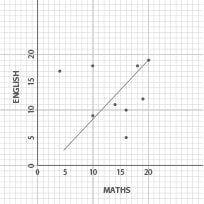
b)
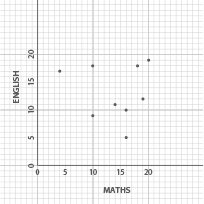
c) The line of best fit shows a weak positive correlation between the data. Generally, when someone scores highly in English, they also score highly in Maths. Although, this is not always the case, many of the results do show a weak relationship between test scores.
Question 4
a) 4 and 5 cars
(Both these categories have the value 24.)
b) 6
(Highest value subtract the lowest number of cars = 6 – 0 = 0)
c) 4
(Frequency total is 82. The middle number is 41. This number would occur in the fourth category (number of cars 4). So therefore the median is 4.)
HOW TO USE OUR KS3 PROBABILITY AND STATISTICS GUIDE
This guide focuses specifically on the Key Stage 3 Maths (Probability and Statistics). This guide will focus on the basics that every child will need to know to ensure top across the Maths subject.
By the end of this guide, you will have a strong knowledge regarding the following:
| Probability | Relative frequency | Mean | Mode | Median |
| Range | Qualitative data | Quantitative data | Primary data | Secondary data |
| Discrete data | Continuous data | Bar charts | Pie charts | Scatter graphs |
| Line graphs | Positive correlation | Negative correlation | No correlation | Frequencies |
| Tallies | Pictograms | Venn diagrams | Carroll diagrams | Stem and leaf diagrams |
FREE BONUS
When you order you will receive the following free bonus;

Plus 30-days FREE ACCESS to the Educational online testing suite. Thereafter, just £5.95 per month. No minimum term. You may cancel anytime. Cancel before the 30-days are up and you will not be charged. Online suite access on PC, MAC and mobile devices.
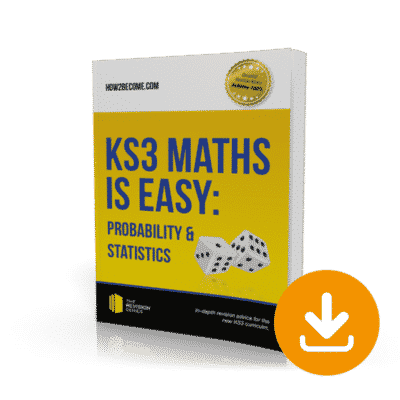
✓ 30-Day Money-back Guarantee
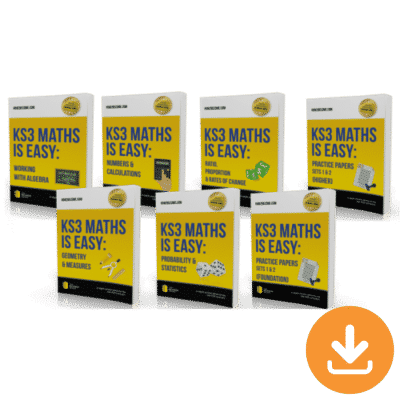
✓ 30-Day Money-back Guarantee
Did you know? All orders with How2Become are protected by our 30-day money-back guarantee. What ever the reason…or no reason at all…you can have your money back if this resource isn’t right for you (see our terms for full details).
